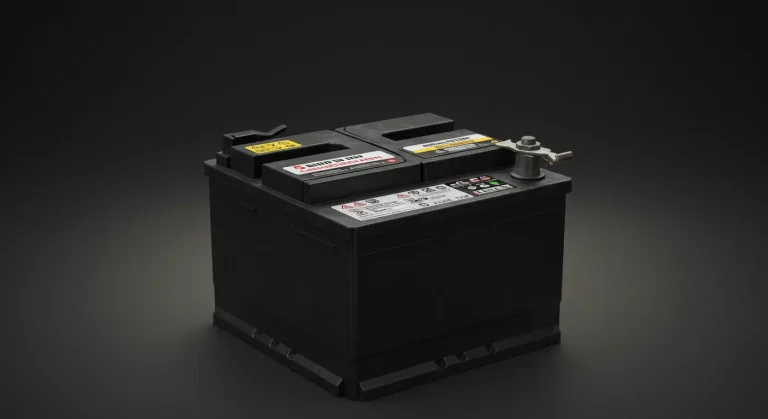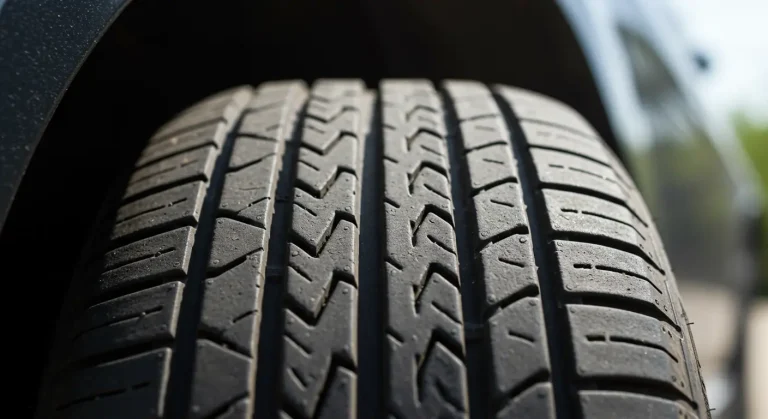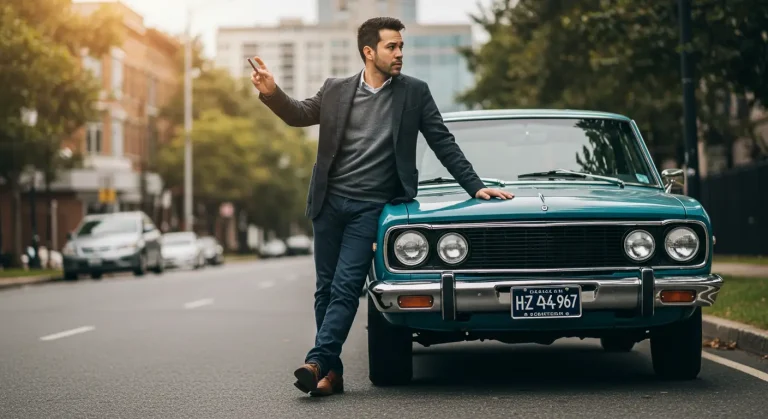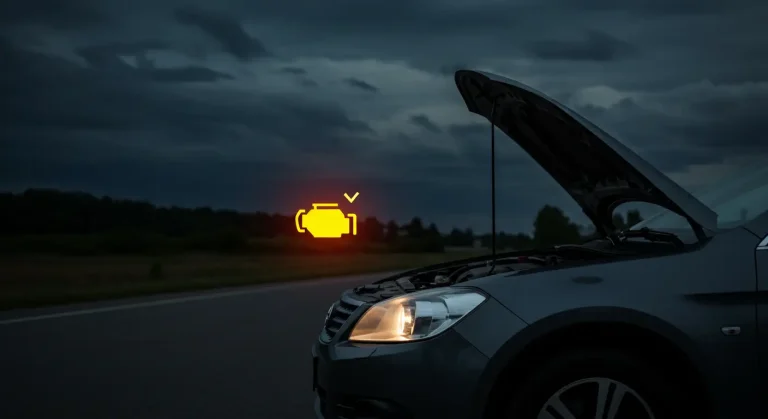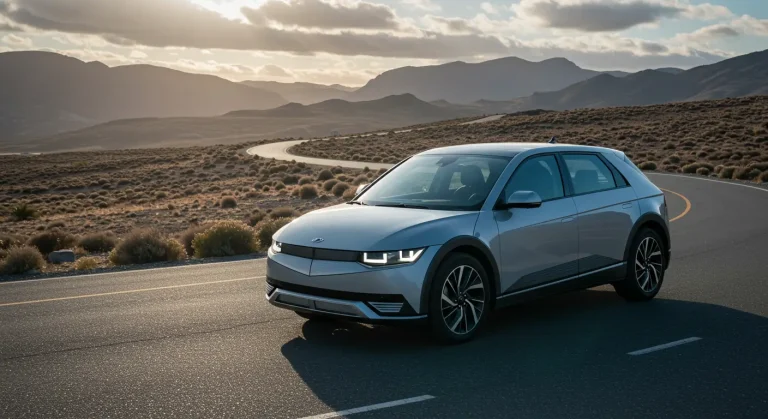Choosing the right car seat for your child is a task that many parents find daunting. There are so many options available, and it can be hard to know where to start. However, ensuring your child’s safety during travel is non-negotiable. This guide will help you navigate the various types of car seats, understand the safety features, and guide you to making the best choice for your child’s needs.

In this article, we’ll cover the essentials of choosing the best car seat, how to install it correctly, and when to transition to a new seat. By the end, you’ll feel confident in your decision and know exactly what to look for when shopping for a car seat.
Why Is Choosing the Right Car Seat Important?
When it comes to your child’s safety, choosing the right car seat is crucial. Car crashes are one of the leading causes of injury and death in children, and a car seat is the most effective way to minimize the risks. According to the CDC, car seats reduce the risk of death by 71% for infants and 54% for toddlers in the event of a crash. Therefore, selecting the right car seat for your child ensures their safety and comfort while traveling.
Types of Car Seats: What’s Right for Your Child?
Choosing the right car seat depends on your child’s age, weight, height, and development. There are three main types of car seats that you’ll encounter, each designed for a different stage in your child’s growth. Let’s dive into the details.
1. Rear-Facing Car Seats (Infant and Convertible)
When to Use: For infants and toddlers under 2 years old (but sometimes longer depending on the child’s size).
Rear-facing seats are the safest option for infants. These seats protect the child’s head, neck, and spine in the event of a crash by redistributing the impact force across the back. Some rear-facing seats are convertible and can be changed into forward-facing seats as your child grows.
Features to Look For:
- Five-point harness system
- Side-impact protection
- Reclining positions for comfort
2. Forward-Facing Car Seats (Convertible and Booster)
When to Use: For toddlers and preschoolers (usually ages 2-4).
Once your child outgrows the rear-facing position, they can transition to a forward-facing car seat. These seats are designed with a harness system that keeps your child secure during a crash.
Features to Look For:
- Adjustable harness heights
- Energy-absorbing foam
- Removable covers for easy cleaning
3. Booster Seats
When to Use: For children who have outgrown their forward-facing car seat (usually 4 years old and up).
Booster seats are designed to lift your child so that the car’s seat belt fits them properly. They no longer require a harness system but use the vehicle’s seat belt instead.
Features to Look For:
- Adjustable backrest
- Side-impact protection
- Easy-to-use seatbelt guides
Key Features to Consider in a Car Seat
When choosing a car seat, safety should always come first. But comfort, convenience, and ease of use are also essential factors to keep in mind. Here are some important features to look for in a car seat:
Safety Features
The primary function of a car seat is to keep your child safe. Here are some safety features you should prioritize:
- Side-impact protection: This helps protect your child’s head and body during a side collision.
- Five-point harness: This system ensures your child is securely strapped in and minimizes movement during a crash.
- Energy-absorbing materials: These materials are designed to absorb impact forces, reducing the stress on your child’s body.
Installation Features
A car seat must be installed correctly to offer maximum protection. Some features that make installation easier include:
- LATCH system: This system allows you to secure the car seat with your car’s lower anchors, making installation easier without the seatbelt.
- Installation indicators: Many seats include indicators to confirm that the car seat has been installed correctly.
Comfort Features
Long trips can be uncomfortable for young children, so it’s important to look for car seats that provide adequate comfort:
- Breathable fabric: This will help keep your child cool, especially during warmer weather.
- Adjustable recline positions: This feature is especially important for younger children, allowing them to rest comfortably during naps.
- Removable covers: For easy cleaning after spills or accidents.
When Should You Transition Your Child to a New Car Seat?
Knowing when to transition your child from one car seat to another is important for safety. Here’s a quick guide:
- From infant seat to rear-facing toddler seat: When your child outgrows their infant seat (usually around 9-12 months).
- From rear-facing to forward-facing seat: Once your child reaches the weight or height limit for their rear-facing car seat (around 2 years old).
- From forward-facing to booster seat: Once your child outgrows their forward-facing seat, usually around 4-7 years old.
- From booster seat to seat belt: Your child can transition when they are around 4 feet 9 inches tall and between 8-12 years old, depending on their growth.
Real-Life Example: Sarah’s Car Seat Journey
Sarah, a mother of two, recently transitioned her toddler from a rear-facing to a forward-facing car seat. “I was so nervous about getting it right,” she said. “But once I saw how easy it was to install the new seat and how comfortable my son seemed, I knew I had made the right choice.”
For Sarah, safety was her top priority, but she also wanted a car seat that would last. “The fact that it converts into a booster seat down the road made it a great investment,” she explained. “Now I’m confident my son is safe, whether we’re going on a long road trip or just running errands.”
If you want to explore more tips on choosing the right car seat, check out this informative post on making the best decisions for your child’s safety.
Conclusion: Ensuring Your Child’s Safety on the Road
Choosing the right car seat for your child can be a challenge, but it’s an essential decision that ensures their safety during every trip. By considering factors like age, weight, and safety features, you can make an informed choice that will protect your child and give you peace of mind.
Always remember to install the car seat correctly, follow manufacturer guidelines, and make transitions to new seats when necessary. With the right car seat, your child will be both safe and comfortable, no matter where your travels take you.
If you’re still unsure which car seat is best for your child, consider exploring more helpful Posts like this one on Georgia Harrison on XXBRITS.

